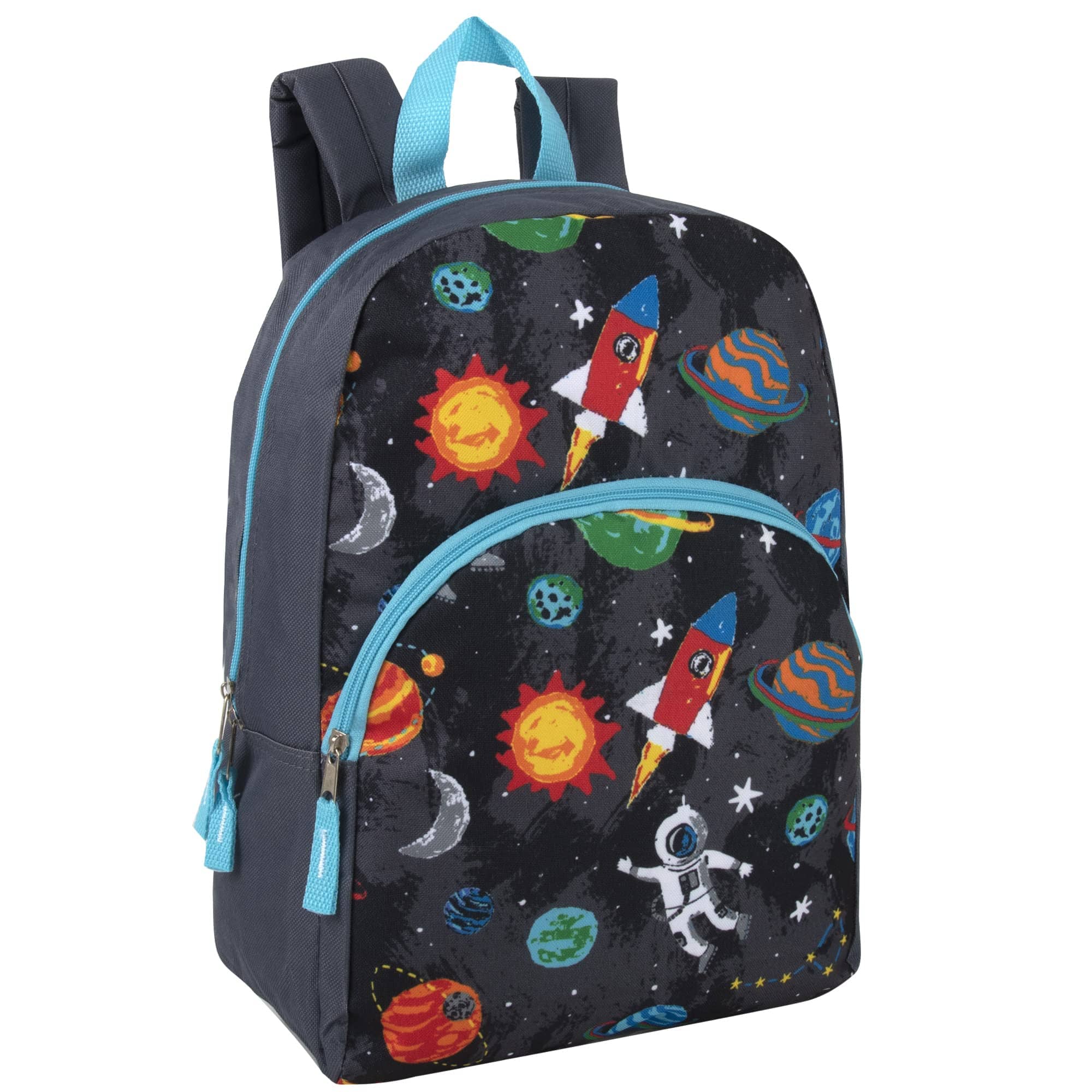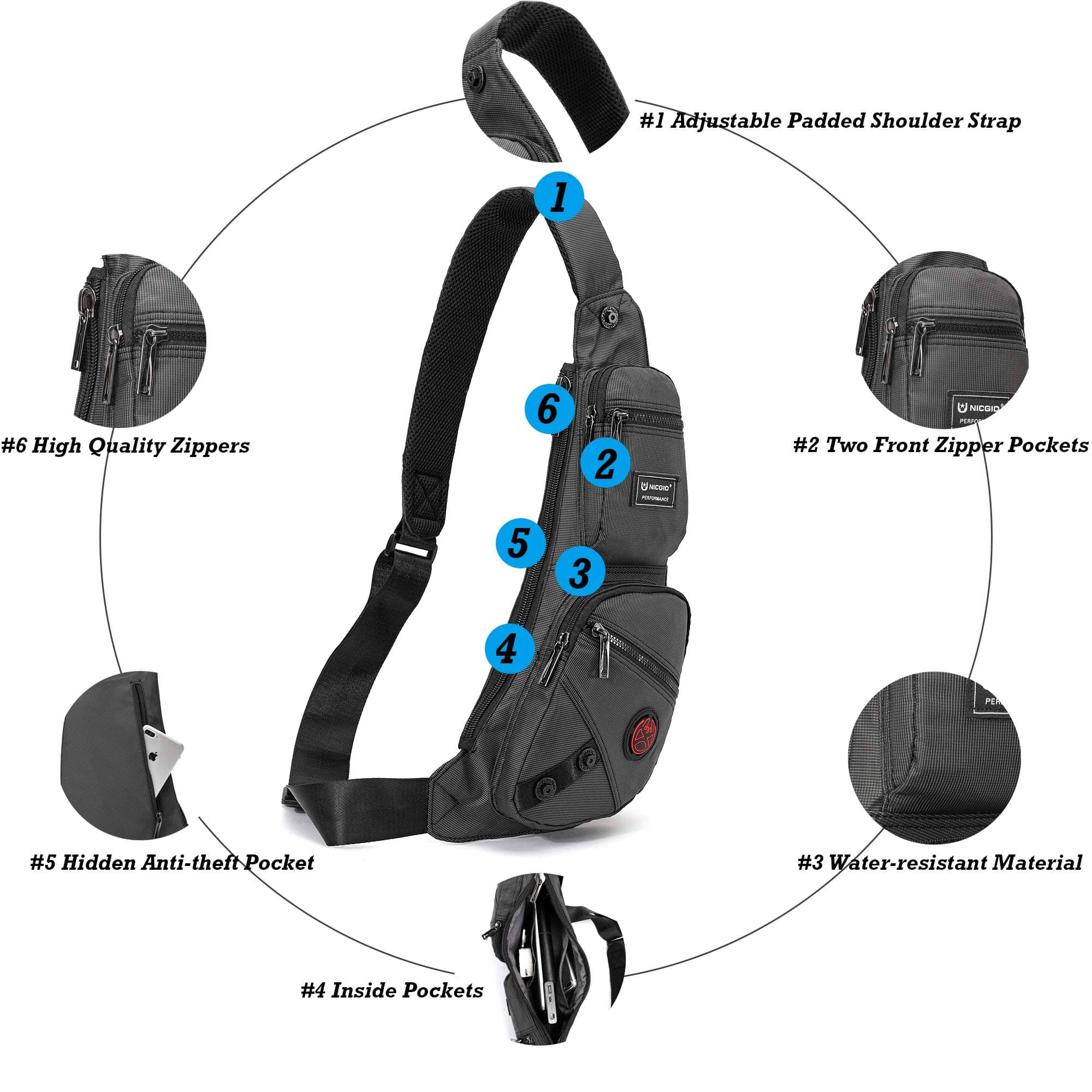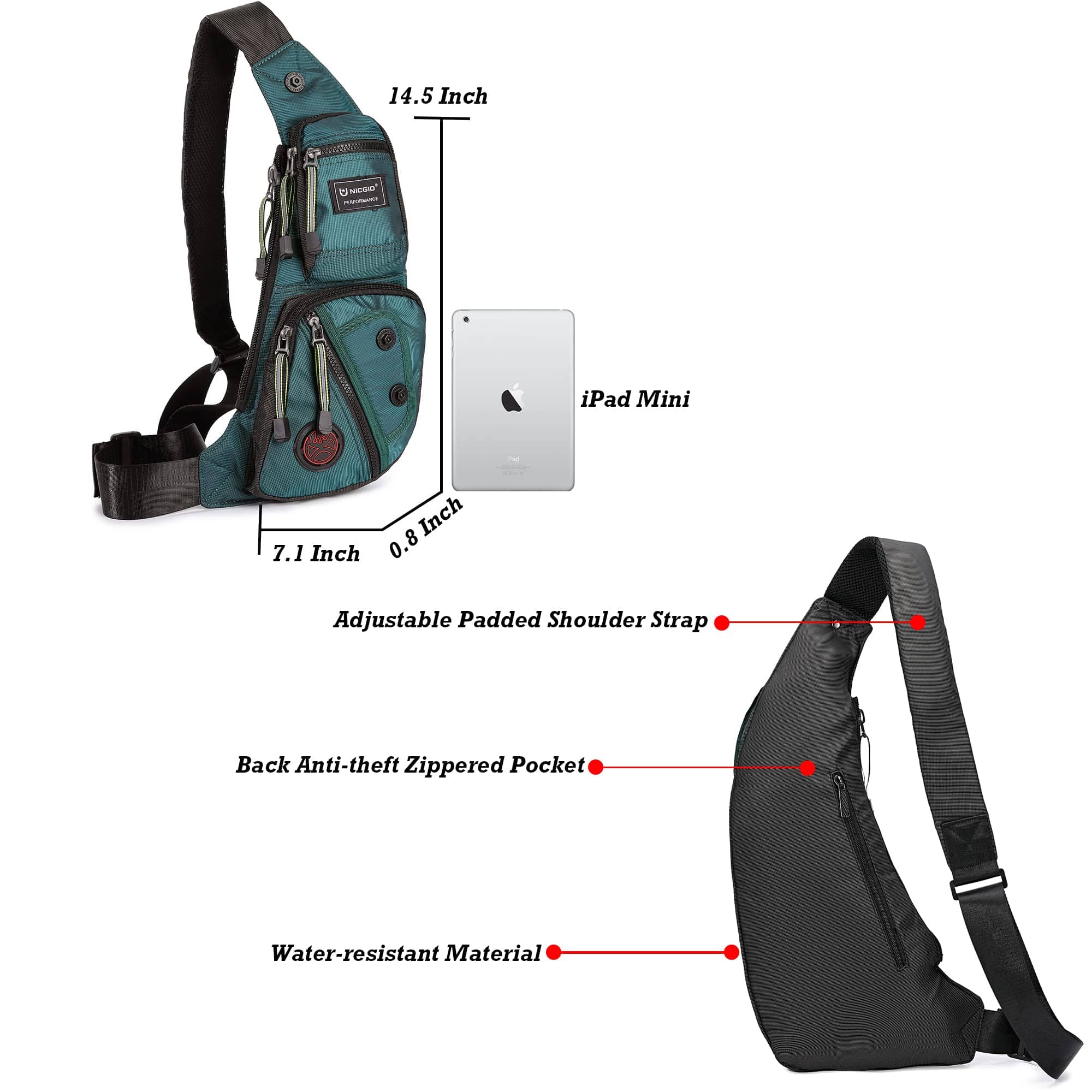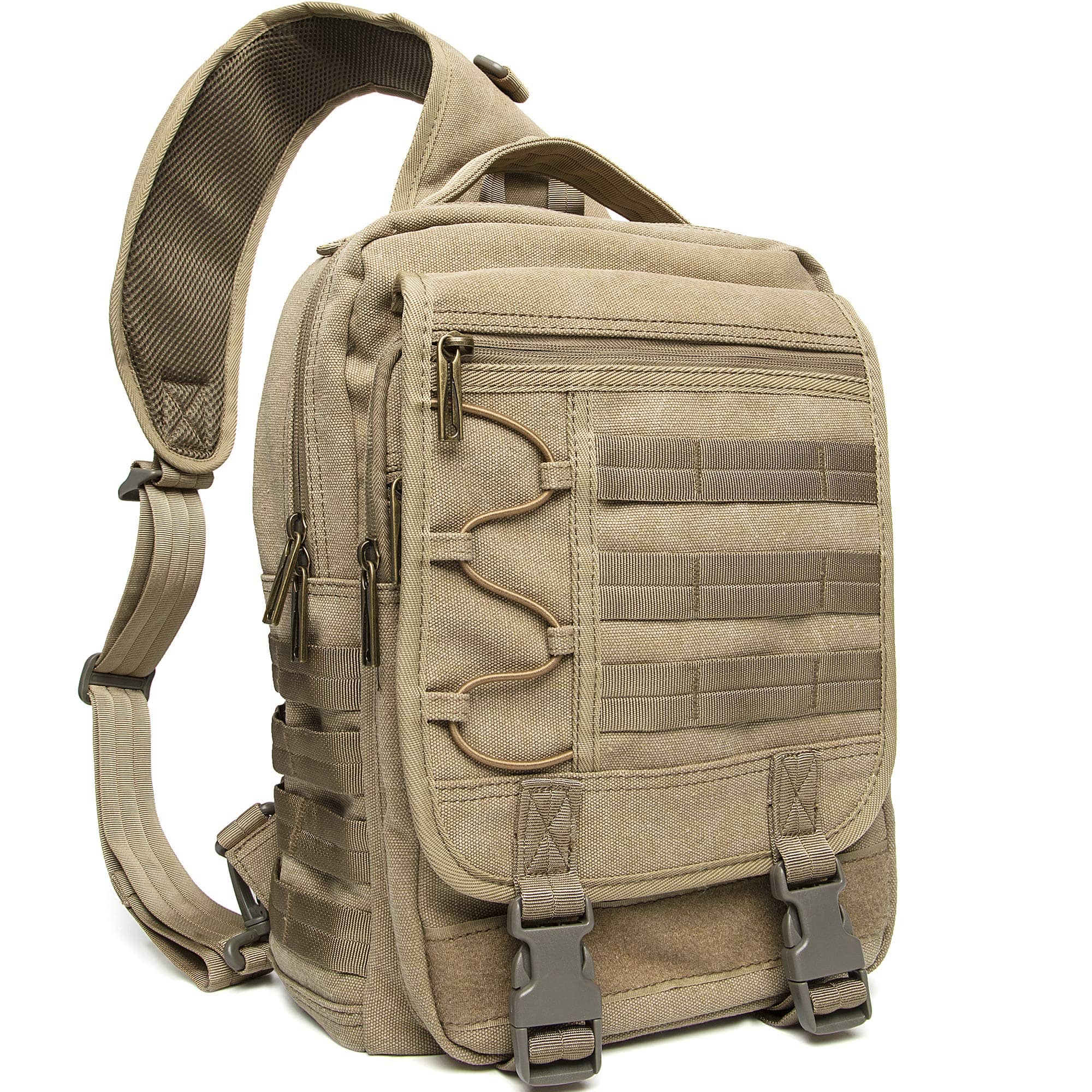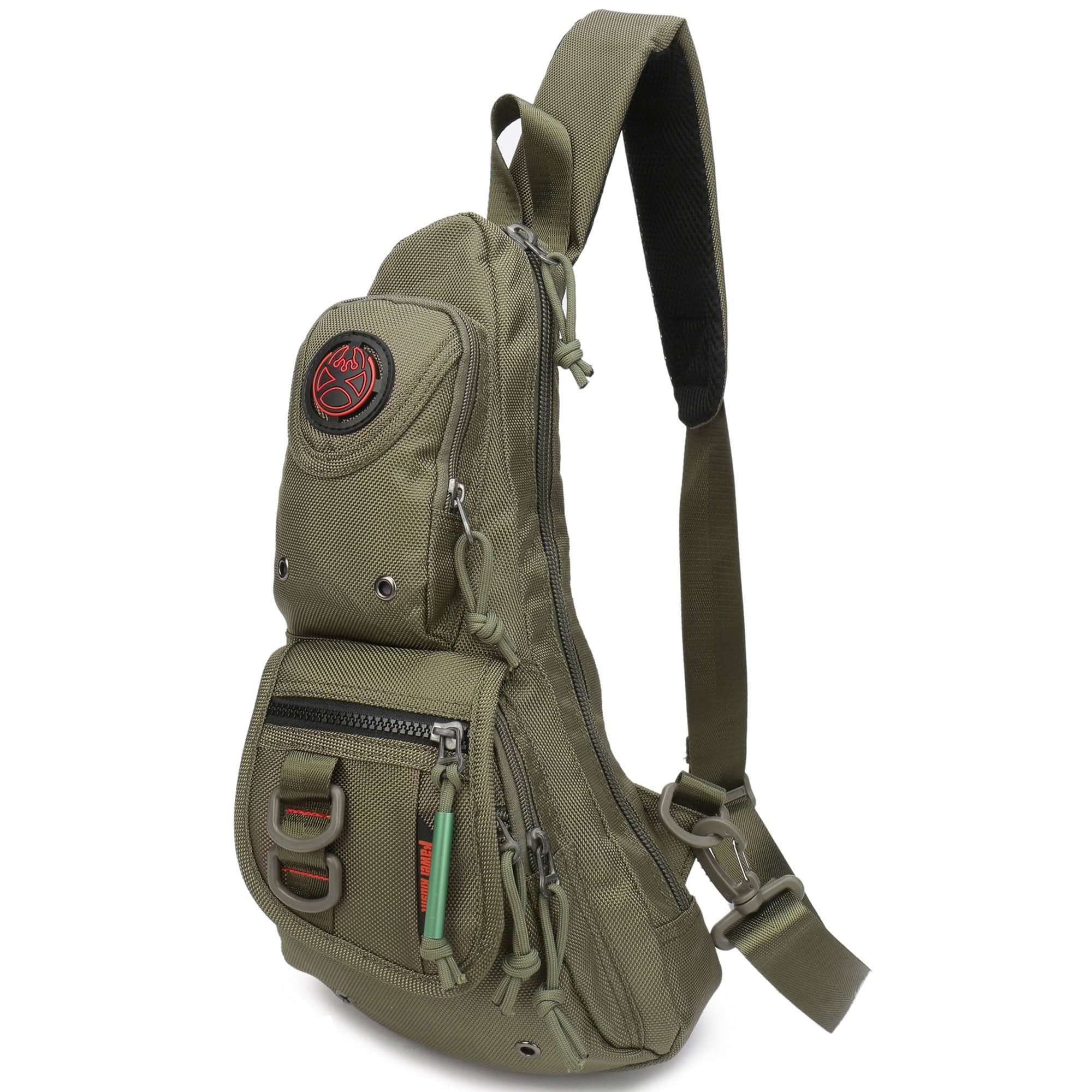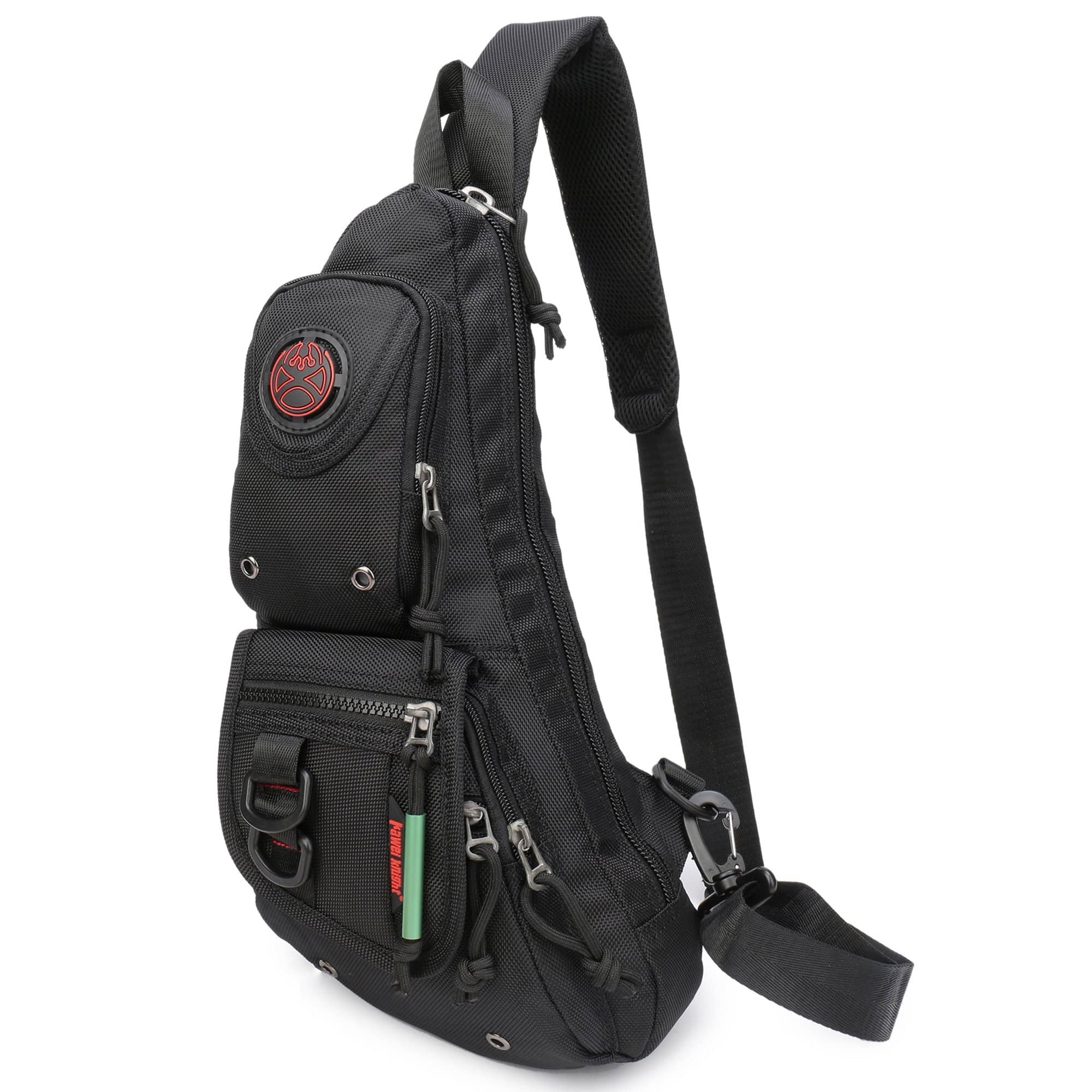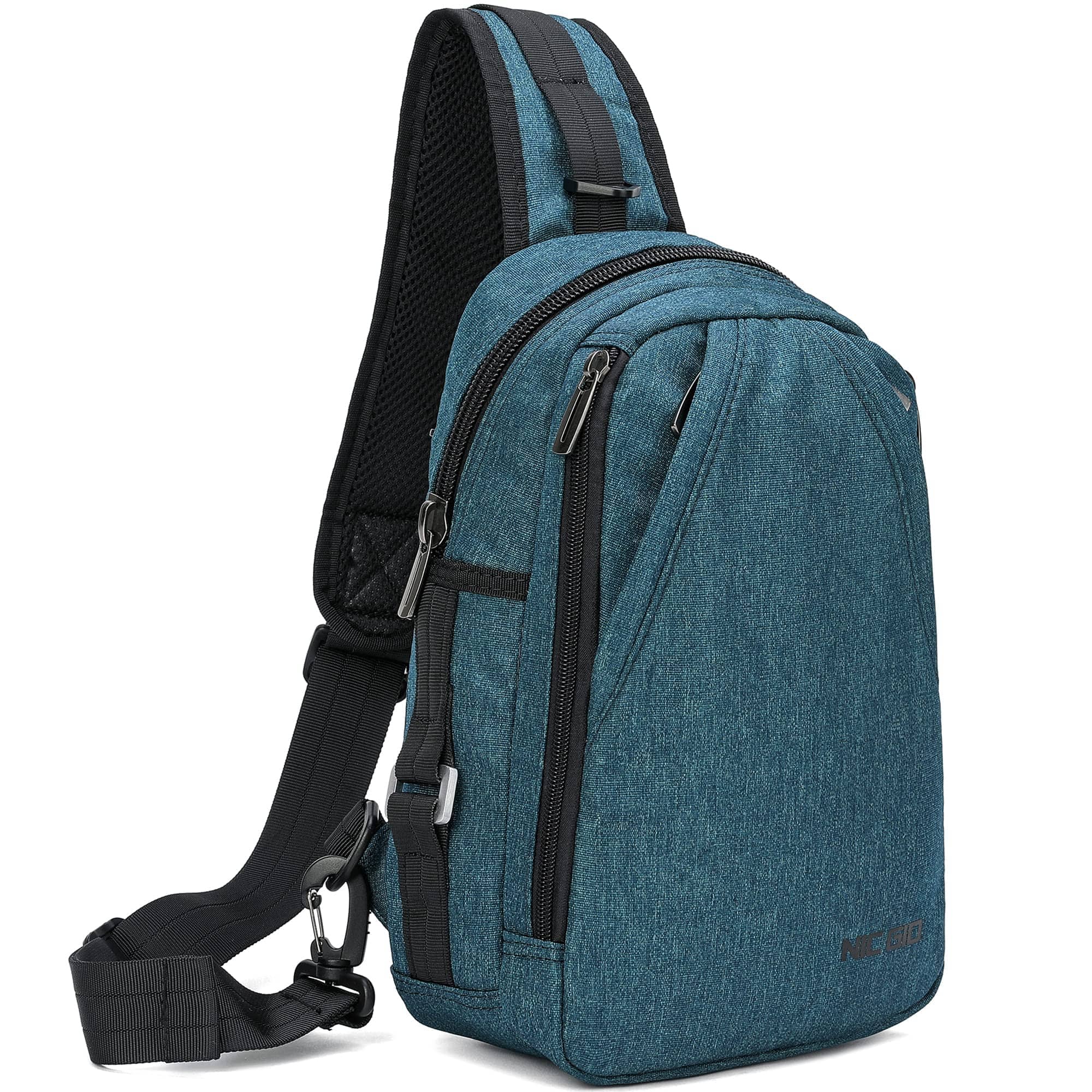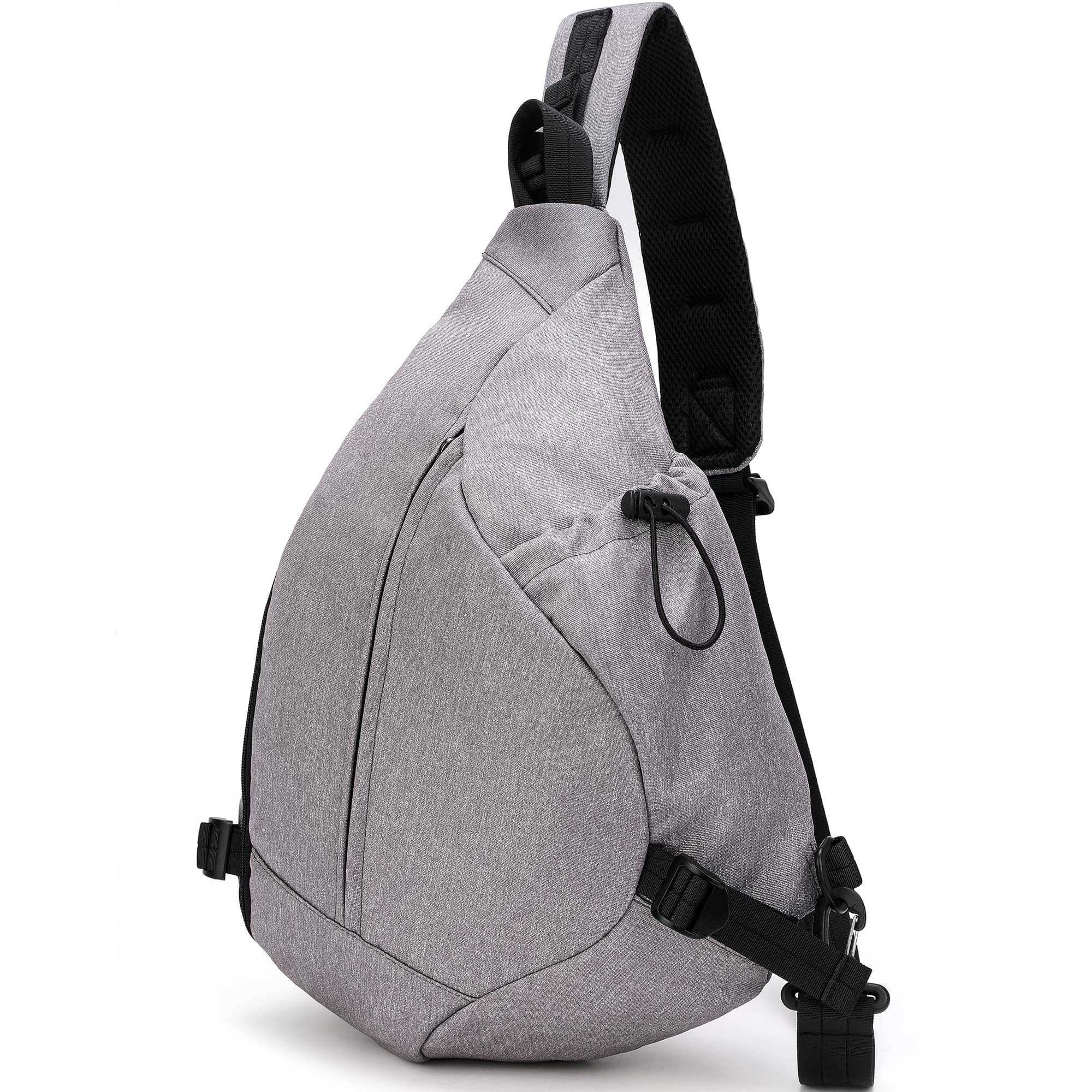Welcome to our comprehensive guide on choosing the perfect kindergarten backpack size for your little one! As a parent, you want to ensure that your child is comfortable and well-prepared for their first day of school. And a properly fitting backpack can make all the difference.
In this article, we will walk you through everything you need to know about selecting the right backpack size for your kindergartener. Whether you’re concerned about proper ergonomic support or need assistance in determining the ideal dimensions, we’ve got you covered.
Our focus is on providing practical advice that will help you make an informed decision. We’ll discuss key factors to consider, such as the weight of the backpack, shoulder strap adjustability, and the importance of proper weight distribution.
By the end of this guide, you’ll be equipped with the knowledge to confidently choose a backpack that fits your child’s needs, ensuring comfort, safety, and a positive start to their educational journey. Let’s dive in!
Table of Contents
The importance of choosing the right kindergarten backpack size
Choosing the right kindergarten backpack size is crucial for your child’s comfort and safety. A backpack that is too big or too small can lead to discomfort, strain, and even potential health issues. It’s important to find a backpack that properly fits your child’s body, distributes weight evenly, and allows for easy movement.
When a backpack is too large, it can cause strain on your child’s shoulders, neck, and back. This can lead to poor posture, muscle fatigue, and even long-term spinal issues. On the other hand, a backpack that is too small may not have enough space to accommodate all the necessary school supplies, causing your child to struggle with organization and potentially leaving important items behind.
Factors to consider when choosing a kindergarten backpack size
When selecting a kindergarten backpack size, there are several factors to consider. Firstly, you’ll want to take into account your child’s height and weight. A backpack that is proportionate to their size will provide better support and comfort. Additionally, consider the length of your child’s school day and the amount of supplies they’ll need to carry. If your child has an extended school day or needs to bring bulky items such as lunch boxes or extra clothing, a larger backpack may be necessary.
Another crucial factor to consider is the weight of the backpack itself. Lightweight materials such as nylon or polyester are ideal, as they reduce unnecessary strain on your child’s back and shoulders. Additionally, look for a backpack with padded shoulder straps and a padded back panel for added comfort.
Understanding the recommended size guidelines for kindergarten backpacks
While there is no one-size-fits-all approach when it comes to kindergarten backpack sizes, there are recommended guidelines that can help you make an informed decision. The American Academy of Pediatrics suggests that a kindergarten backpack should weigh no more than 10% to 20% of your child’s body weight. This means that if your child weighs 50 pounds, their backpack should not exceed 5 to 10 pounds.
In terms of dimensions, a kindergarten backpack should measure around 14 to 17 inches in height, 10 to 13 inches in width, and 5 to 6 inches in depth. These measurements provide ample space for school supplies without overwhelming your child.
How to measure your child for the perfect kindergarten backpack size
To ensure you choose the right kindergarten backpack size, it’s important to accurately measure your child’s body. Start by measuring their torso length, which is the distance from the base of their neck to their waistline. Use a flexible tape measure and have your child stand up straight with their arms relaxed at their sides. Note down the measurement in inches.
Next, measure the width of your child’s shoulders. Again, use a flexible tape measure and have your child stand up straight with their arms relaxed at their sides. Measure the distance between the outer edges of their shoulders and note down the measurement in inches.
Once you have these measurements, refer to the size guidelines provided by the backpack manufacturer to determine the appropriate size for your child. Keep in mind that each brand may have slightly different size recommendations, so it’s important to double-check before making a purchase.
Features to look for in a kindergarten backpack
When choosing a kindergarten backpack, there are several features to look for that will enhance your child’s comfort, safety, and overall experience. Firstly, opt for a backpack with adjustable shoulder straps. This allows you to customize the fit and ensure that the backpack sits snugly against your child’s back. Additionally, padded shoulder straps distribute weight evenly and reduce pressure on your child’s shoulders.
Another important feature to consider is a padded back panel. This provides extra cushioning and support, preventing discomfort and reducing the risk of strain. Look for a backpack with a breathable back panel to enhance airflow and reduce sweating.
Additionally, consider the closure mechanism of the backpack. Zippers are a popular choice as they are easy for young children to open and close independently. Avoid backpacks with drawstring closures, as they can be difficult for kindergarteners to manage.
Tips for ensuring the comfort and safety of your child’s backpack
Once you’ve chosen the perfect kindergarten backpack size, there are several tips you can follow to ensure your child’s comfort and safety. Firstly, teach your child the proper way to wear their backpack. Show them how to put on both shoulder straps and adjust them so that the backpack sits comfortably on their back. Encourage them to wear the backpack high on their back, with the bottom of the backpack resting in the curve of their lower back.
It’s also important to teach your child how to pack their backpack properly. Encourage them to distribute weight evenly by placing heavier items closer to their back. This will prevent the backpack from pulling them backward and causing strain.
Regularly check your child’s backpack for any signs of wear and tear. Replace worn-out backpacks or those with broken zippers or straps to ensure your child’s safety.
Popular kindergarten backpack brands and their size options
When it comes to kindergarten backpack brands, there are several reputable options to choose from. One popular brand is Skip Hop, which offers a range of sizes suitable for kindergarteners. Their backpacks typically measure around 12 inches in height, 11 inches in width, and 5 inches in depth.
Another well-known brand is JanSport, which offers a variety of sizes and designs. Their kindergarten backpacks usually measure around 15 inches in height, 10 inches in width, and 7 inches in depth.
Budget-friendly options for kindergarten backpacks
If you’re looking for budget-friendly options, there are plenty of affordable kindergarten backpacks available. Brands such as AmazonBasics, Everest, and Trail Maker offer backpacks that meet size requirements while maintaining a reasonable price point.
When purchasing a budget-friendly backpack, be sure to check the quality of materials, stitching, and zippers to ensure durability and longevity.
Where to buy kindergarten backpacks and online shopping tips
Kindergarten backpacks can be purchased from various retailers, both in-store and online. Local department stores, children’s specialty stores, and school supply stores often carry a wide selection of backpacks suitable for kindergarteners.
If you prefer the convenience of online shopping, websites such as Amazon, Walmart, and Target offer a vast array of options. When shopping online, be sure to read customer reviews, check the product dimensions, and refer to the manufacturer’s size guidelines to make an informed decision.
Conclusion: Finding the perfect kindergarten backpack size for your child
Choosing the perfect kindergarten backpack size is essential for your child’s comfort, safety, and overall well-being. By considering factors such as your child’s height and weight, understanding recommended size guidelines, and selecting backpacks with adjustable straps and padded support, you can ensure that your little one starts their educational journey on the right foot.
Remember to measure your child accurately, teach them how to wear and pack their backpack correctly, and regularly check for signs of wear and tear. With the wide range of options available from popular brands and budget-friendly alternatives, finding the perfect kindergarten backpack size for your child has never been easier.
Now armed with the knowledge and guidance provided in this comprehensive guide, you’re ready to make an informed decision and ensure that your child is well-prepared for their first day of school. Happy backpack shopping!

